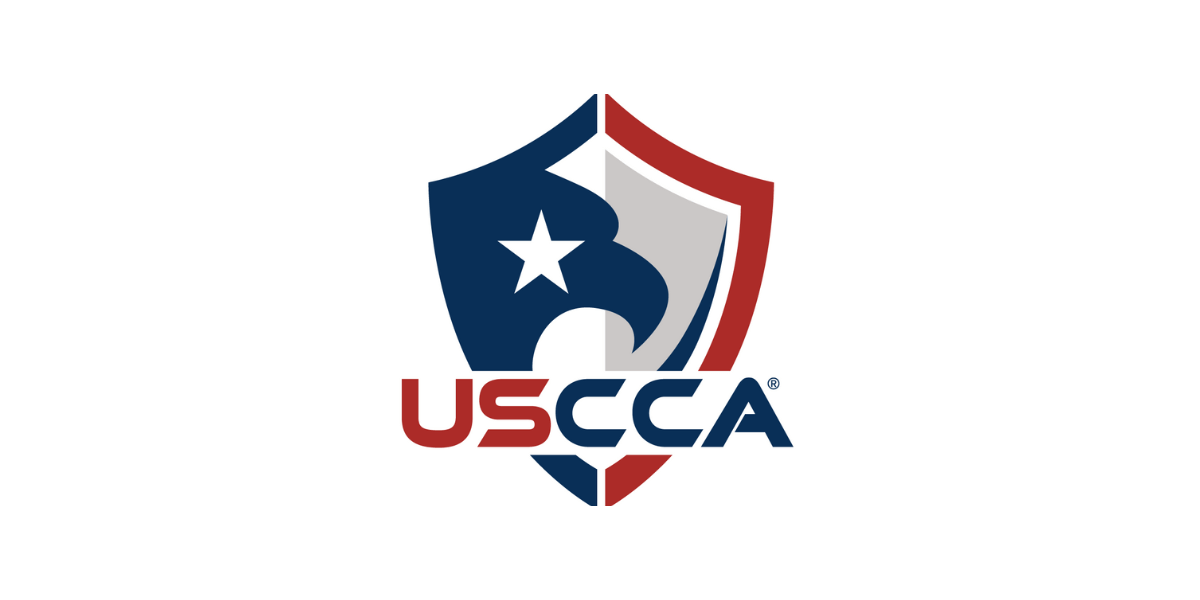A proposed rule would increase the threshold at which employees must be paid to qualify as exempt from overtime requirements under the Fair Labor Standards Act (FLSA), according to the U.S. Department of Labor (DOL).
The new, proposed maximum magic number up to which employers would have to pay non-exempt employees overtime is $35,308 annually ($679 per week) and was recently announced by the DOL. If approved, it would be an increase from $23,660 annually ($455 per week), the salary level that was set in 2004.
The DOL stated that in 2020, 1.1 million currently exempt employees who earn at least $455 per week, but less than the proposed standard salary level of $679 per week would, without some “intervening action” by their employers, gain overtime eligibility under the proposed new rule.
The DOL also estimates that “average annualized direct employer costs will total approximately $120.5 million per year over the first ten years, including regulatory familiarization costs, adjustment costs, and managerial costs.” In addition, the DOL predicts that the proposed rule would prevent more than 200 FLSA lawsuits per year, saving a total of $138 million per year in litigation costs.
The proposed rule, which would go into effect in 2020, maintains overtime protections for “police officers, fire fighters, paramedics, nurses, and laborers including: non-management production-line employees and non-management employees in maintenance, construction and similar occupations such as carpenters, electricians, mechanics, plumbers, iron workers, craftsmen, operating engineers, longshoremen, and construction workers,” according to the DOL.
The DOL clarifies that for employees to qualify for the exemption, they generally must:
- be salaried, meaning that they are paid a predetermined and fixed salary that is not subject to reduction because of variations in the quality or quantity of work performed (the “salary basis test”);
- be paid at least a specified weekly salary threshold (the “salary level test”), $679 per week; and
- primarily perform executive, administrative, or professional duties, as provided in the Department’s regulations (the “duties test”).
The proposed rule has been a longtime coming, and not unexpected. A 2016 final rule to increase the overtime threshold was enjoined by the U.S. District Court for the Eastern District of Texas on November 22, 2016. “As of November 6, 2017, the U.S. Court of Appeals for the Fifth Circuit has held an appeal in abeyance pending further rulemaking regarding a revised salary threshold. As the 2016 final rule was enjoined, the Department has consistently enforced the 2004 level throughout the last 15 years,” the DOL said in a statement.
In creating the proposed new rule, the DOL said it received public input from six in-person “listening sessions” held around the country and received more than 200,000 comments.
Employers and other interested parties can comment on the proposed rule until May 21, 2019.
The DOL is also seeking public comment on the proposed rulemaking language for periodic review to update the salary threshold. Updates would continue to require notice-and-comment rulemaking, according to the DOL.
Employers should seek a knowledgeable employment law attorney for guidance in preparation to comply with the increase of the salary-level threshold for white-collar exemptions in the likely event that it is approved. Changes to employees’ current pay rates should be evaluated and employers may want to consider increasing salaries for certain non-exempt employees to meet the proposed new threshold, or reclassifying employees in other cases.






